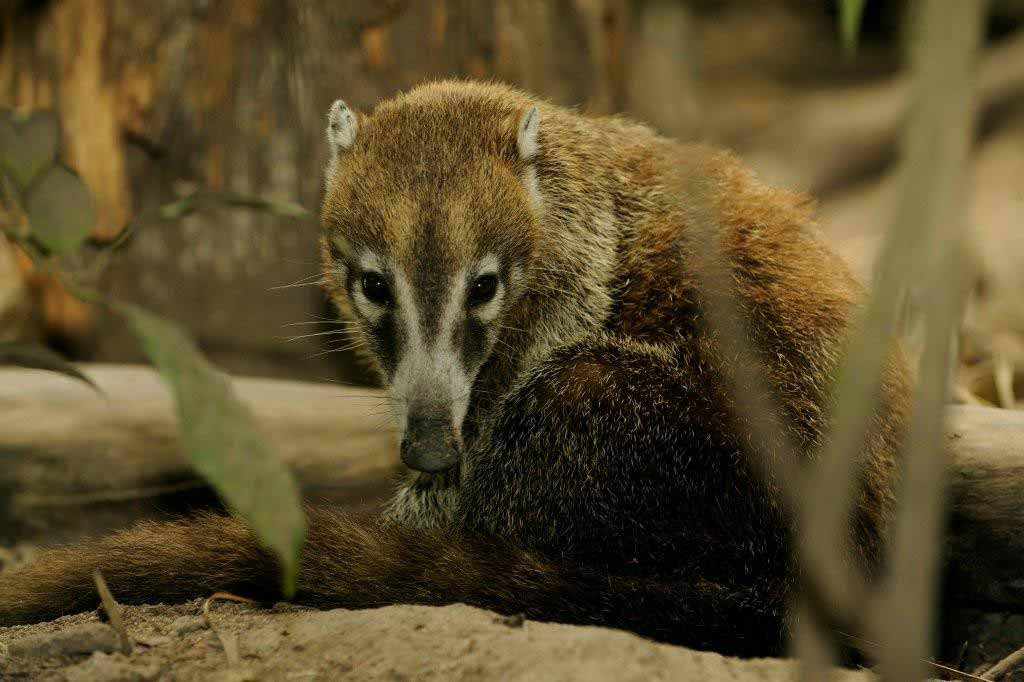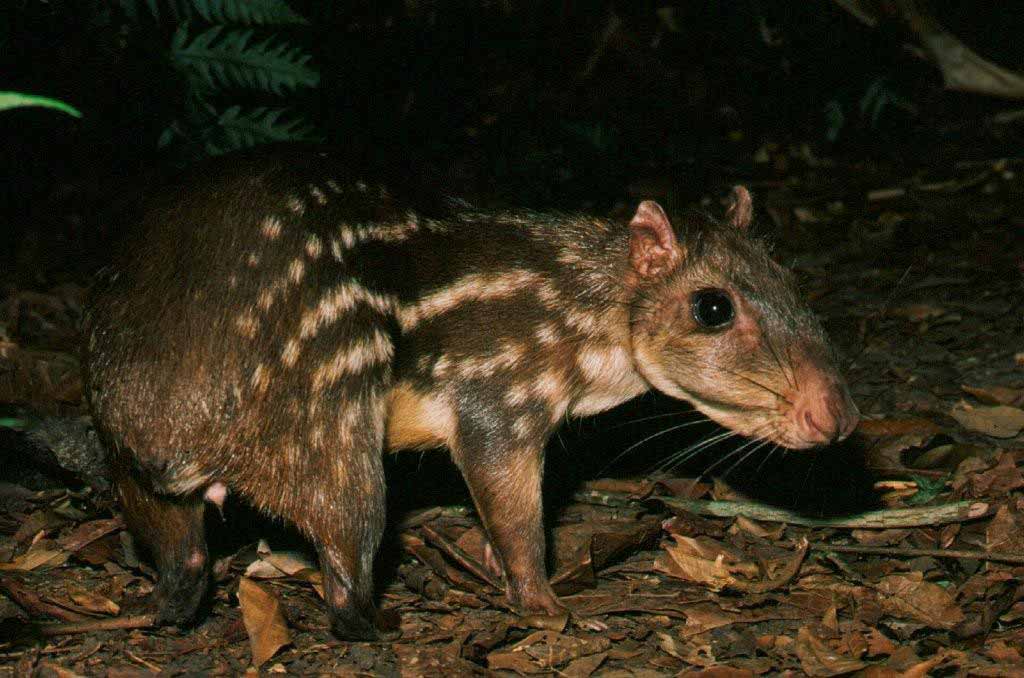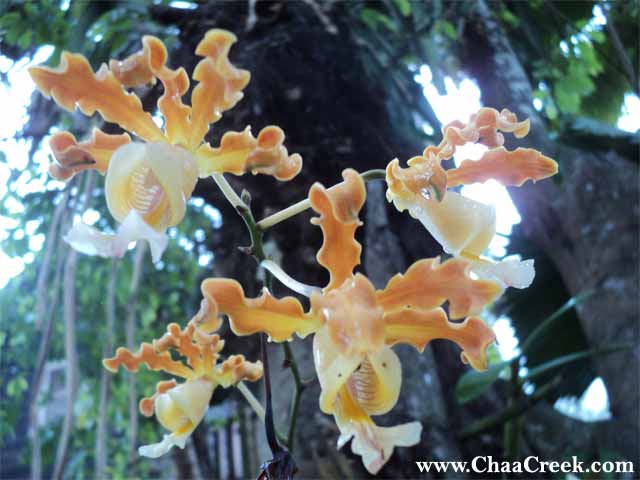|
|  10 Incredible Snapshots of Belizean Wildlife Although Belize is a relatively small country, it has an amazing variety of wildlife living in a wide range of habitats. Lonely Planet, the largest travel guide book publisher in the world has described the plants and animals of Belize as the stars of the country. In this blog post, we highlight 10 amazing snapshots of Belizean wildlife: The kinkajou, (Potos flavus), also known as the “Honey Bear” or “Night Walker” in Belize, is a furry, long-tailed mammal that lives in the lowland rain forests of Southern Mexico, Central America and parts of South America. Brown basilisk are also called the Jesus lizard. They are native to Panama, Belize, northwestern Colombia and Costa Rica. In Guatemala, this species is widespread and found practically anywhere where there is a water source. The Coatimundi, also known as the White-nosed Coati, is diurnal, living both on the ground and in the trees. This member of the racoon family is omnivorous, feeding on fruits, invertebrates, and other small animals. They feed by using their long noses, poking them under rocks and into crevices, and using their long claws to dig holes or tear apart rotting logs. The Great Curassow is a large, black pheasant-like bird with a yellow knob on its bill, curly black feather crests, and white below. Together with a few other curassows, it is the largest member of the family Cracidae, at 78–92 cm and a weight of up to 4.8 kg. The King Vulture, known as “king jan kro” in Belize, is the largest and most colorful of the four species of vulture in Belize. The extremely thick and strong bill is well adapted for tearing, and the long, thick claws for holding the meat. The tapir, known as the “mountain cow ” in Belize, are forest dwellers, active mostly at night as they forage along river banks and forest clearings. They feed on grasses, aquatic vegetation, leaves, buds, and fruits of the low-growing shrubs. They sometime run afoul of man when they cause damage to corn fields and other crops. The Paca, known as the gibnut in Belize, is a nocturnal rodent. Inhabiting the forest floor, this solitary animal feeds on fallen fruit, leaves and some tubers dug from the ground. The gibnut is most often found near water and throughout many habitats of Belize, from river valleys to swamps to dense tropical forest. Hummingbirds are small, colorful birds with iridescent feathers. Their name comes from the fact that they flap their wings so fast (about 80 times per second) that they make a humming noise. Hummingbirds can fly right, left, up, down, backwards, and even upside down. They are also able to hover by flapping their wings in a figure-8 pattern. They have a specialized long and tapered bill that is used to obtain nectar from the center of long, tubular flowers. The hummingbird’s feet are used for perching only, and are not used for hopping or walking. The Cowhorn Orchid is scientifically known as Cyrtopodium punctatum and is commonly found in diverse ecosystems ranging from Florida, Cuba, Central America and Northern South America. Its dazzling flowers are distributed in the following Belize’s districts – Corozal, Orange Walk, Belize, Cayo, and Stann Creek.
Click here to return to the main page for Caribbean Critters
|











